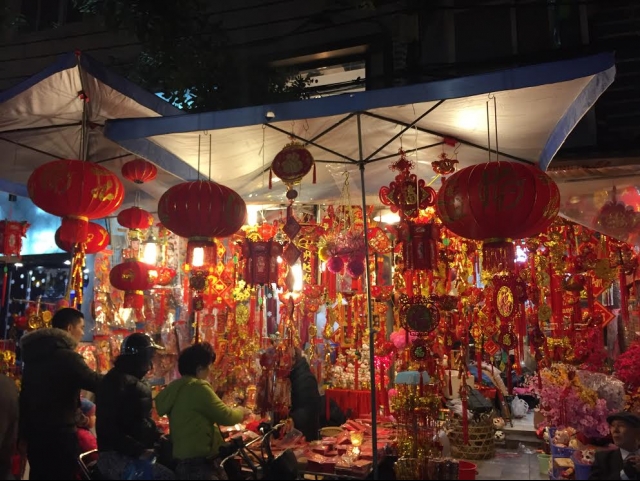Tourism will be the key economic sector of Vietnam

During the early months, the Mekong Delta, the country’s rice bowl, suffered the worst drought and saltwater intrusion in almost a century.
According to the latest report from the General Department of Customs, Vietnam exported 4.8 million tons of rice in 2016, down nearly a million tons against 2015, failing to meet the annual target of 5.4 million tons.
Vietnam earned only $2.1 billion from rice exports in 2016, down from $2.8 billion in 2015 and $2.9 billion from 2014.
Things aren’t look brighter this year as the country’s rice exports are expected to experience another difficult year and may just reach 5 million tons.
In January, Vietnam is forecast to ship an estimated 325,000 tons, down 32.3 per cent from a year earlier, the agriculture ministry said last week.
Vietnam's traditional customers such as the Philippines, Indonesia and Malaysia have gradually reduced their dependence on imports by successfully boosting their domestic supplies in order to ensure food security.
Last year, shipments to these markets only accounted for 10 per cent of total exports, down significantly from 2-3 million tons in the years before 2016.
China has also issued several food safety rules for imported rice. It slashed imports from Vietnam by 20 per cent in 2016, but still accounted for nearly 35 per cent of Vietnam’s shipments last year.
Still, Vietnam is not the only one who is facing these problems. The U.S. Agriculture Department said in its 2017 outlook report that the world’s rice stocks will hit a 15-year high of more than 120 million tons, sufficient for 92 days of global consumption.
Moreover, the global rice trade in 2017 is expected to decrease by 2 per cent from 41.3 million tons to 40.5 million, according to the department.
Vietnam’s rice prices are still higher than its counterparts.
The prices of Thai white rice, a regional benchmark, have changed little over the past year and were at $375 a ton on Jan 25.
Vietnamese white rice is quoted at $434 a ton and Indian rice at $370. According to Bloomberg, rice shipments from Thailand, the largest supplier after India, are likely to decline by about 4 per cent this year amid increased competition from Vietnam and other producers.
For Vietnam to continue with a 6.7 per cent GDP growth rate this year, being an export-driven and an FDI-oriented country isn’t enough. Among all the sectors that Vietnam excels in, tourism will be the one to focus on.
The new era has come
According to the World Tourism and Travel Council, tourism revenue directly contributed 6.6 per cent of Vietnam’s gross domestic product in 2015. If you take into account the fact that tourism drives other areas like spa and wellness services and dining and retail, then the sector contributes around 13.9 per cent of GDP.
Visitors from China in January increased by 67.9 per cent from a year ago, accounting for a quarter of Vietnam’s total international tourists, according to the General Statistics Office.
The country welcomed more than 1 million foreign visitors in the first month of 2017, a 23.6 per cent increase, official data showed.
Nearly 70 percent of the arrivals were from Asian countries. China continued to maintain its place as the biggest feeder market with a record-high 247,621 visitors.
Out of the 10 million visitors last year the number of Chinese tourists was 2.5 million, according to the Vietnam National Administration of Tourism.
Vietnam has also offered visa exemptions to visitors from South Korea, Japan and its Southeast Asian neighbors. Since mid-2015 it has also been attracting more tourists from Germany, France, Italy, Spain and the U.K. with a similar policy, which is expected to be extended until this summer.
In late November last year, Hanoi concluded negotiations with CNN, America's major news network, to air ads in a bid to promote the city as a tourism and investment destination.
Meanwhile in the south, Ho Chi Minh City is asking private investors for help in order to develop a floating market which officials hope will become a new tourist attraction.
Hoping to give the tourism industry a major push, the Vietnamese government has launched the much-touted online visa system for travelers on short holidays or casual business visits.
Tourism authorities are eyeing a 15 per cent increase in international tourists this year. The sector is expected to contribute 10 per cent to Vietnam’s gross domestic product, becoming a key driving force of the economy by 2020.
This is when the country is expected to receive up to 20 million foreign visitors and earn $35 billion in tourism revenue.
VN Economic Times


